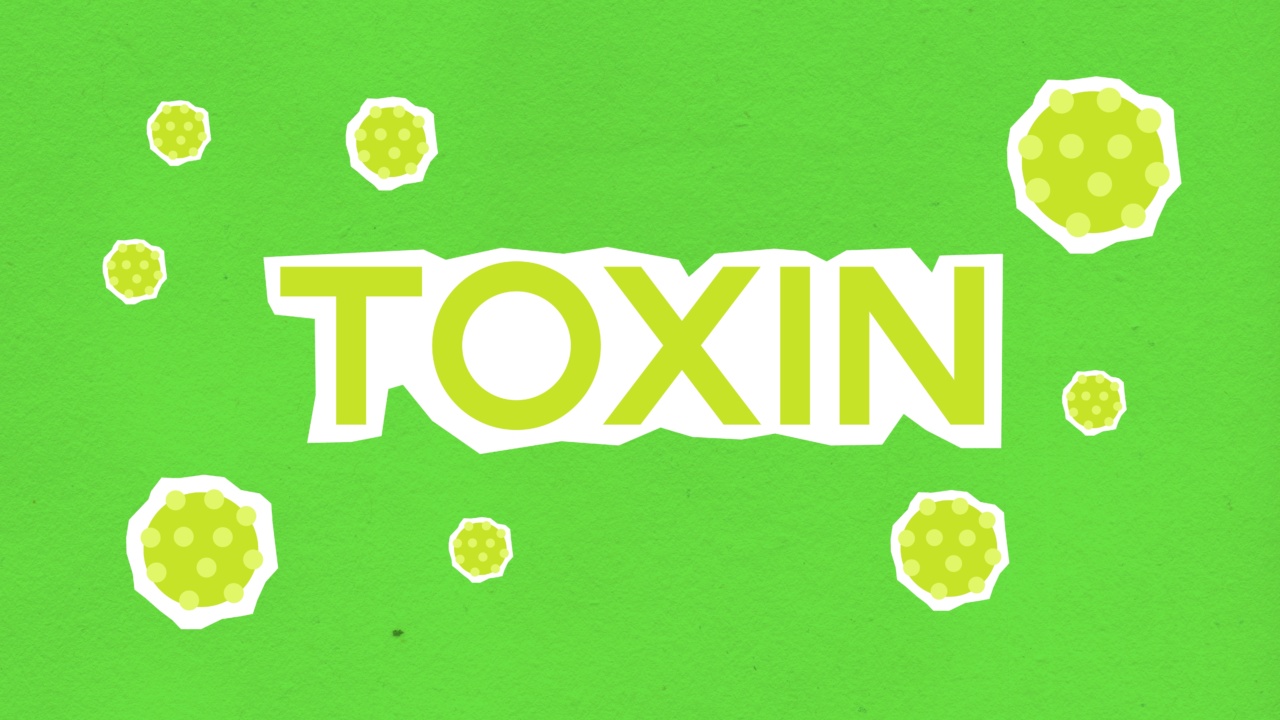Vaginal fibrillation is a medical condition that is growing in prevalence and complexity. This disorder can lead to various health problems, each with its own risk factors and complications.
To tackle these health issues, it is important that we understand the risk multiplication for various diseases associated with vaginal fibrillation. This article aims to explain the condition, the related disease risks and the potential factors that may increase these risks.
What is Vaginal Fibrillation?
Vaginal fibrillation occurs when the muscles of the vagina contract involuntarily. These contractions may result from a range of factors, such as hormonal changes or underlying medical conditions.
These contractions can interfere with sexual intercourse and cause discomfort or pain. However, there are other known health issues that this vaginal disorder can lead to.
Increased Risk of Pelvic Floor Disorders
Vaginal fibrillation can lead to an increased risk of pelvic floor disorders, such as pelvic organ prolapse.
This occurs when the pelvic organs, including the uterus, bladder and rectum, fall from their normal position and protrude into the vaginal canal. This can cause urinary and bowel issues, discomfort, and affect sexual activity.
Incontinence and Prolapse
Vaginal fibrillation can cause a weakening of pelvic floor muscles, which can lead to overactive bladder syndrome. This is when a person feels the urge to urinate frequently, sometimes even leaking urine before making it to the restroom.
It can also lead to issues with fecal incontinence, resulting in loss of bowel control. Over time, these problems can cause prolapse, which is the falling down or protruding of organs in the pelvic floor.
Sexual Dysfunctions
Sexual activity can be affected by vaginal fibrillation, leading to various sexual dysfunctions. These may include decreased lubrication, pain during intercourse, and difficulty or inability to achieve orgasm.
This can have a significant impact on relationships and overall quality of life.
Increases Risk of STI’s (Sexually Transmitted Infections)
Vaginal fibrillation can lead to an increased risk of contracting sexually transmitted infections (STIs). This may be due to micro-tears that occur during sexual activity. These tears provide an entry point for bacteria and viruses that cause STIs.
The risk of STIs is a serious concern that can lead to further complications if left untreated.
Link to Vaginal Atrophy and Menopause
The fall in estrogen levels during menopause can lead to vaginal atrophy, which is a thinning of the vaginal walls. This can result in vaginal dryness, itchiness, and discomfort during intercourse.
Women with vaginal fibrillation may be at an even higher risk of developing vaginal atrophy, due to the chronic muscle contractions and lack of elasticity in the vaginal muscles. This can complicate the already complex condition.
History of Pelvic Surgeries
Women who have had pelvic surgeries, such as a hysterectomy, are at a higher risk of developing vaginal fibrillation. The surgical trauma and scarring may cause nerve damage that can lead to involuntary muscle spasms in the vaginal area.
Women who have undergone multiple surgeries are at even higher risk.
Pregnancy and Childbirth
Pregnancy and childbirth can cause muscle trauma to the vagina, increasing the risk of vaginal fibrillation. Women who have had multiple children are at a higher risk due to the repeated trauma to the vaginal muscles.
This can result in issues such as urinary incontinence, pain during intercourse, and poor sexual health.
Obesity and Lifestyle Factors
Obesity and lifestyle factors such as smoking and substance abuse have also been linked to vaginal fibrillation. These factors may contribute to hormonal imbalances, lead to nerve damage, and affect vaginal muscle function.
Maintaining a healthy weight and avoiding substance abuse is recommended to reduce the risk of vaginal fibrillation.
Treatment Options
Treatment options for vaginal fibrillation may vary depending on the underlying cause and severity of the condition. Pelvic floor exercises, such as Kegels, may help to strengthen the muscles and reduce involuntary contractions.
Other treatments may include medications, hormonal therapy, Botox injections, and even surgery in some cases.
Conclusion
Vaginal fibrillation is a complex medical condition that can lead to various health issues. By understanding the risks associated with this disorder, we can take steps to prevent and manage potential complications.
Seeking treatment and maintaining good pelvic health practices can help women live a healthy and fulfilling life, free from the discomfort and pain associated with vaginal fibrillation.































